In today’s morning metaphysical meeting, Dammy read a traditional Czech tale known as “The Four Brothers.”
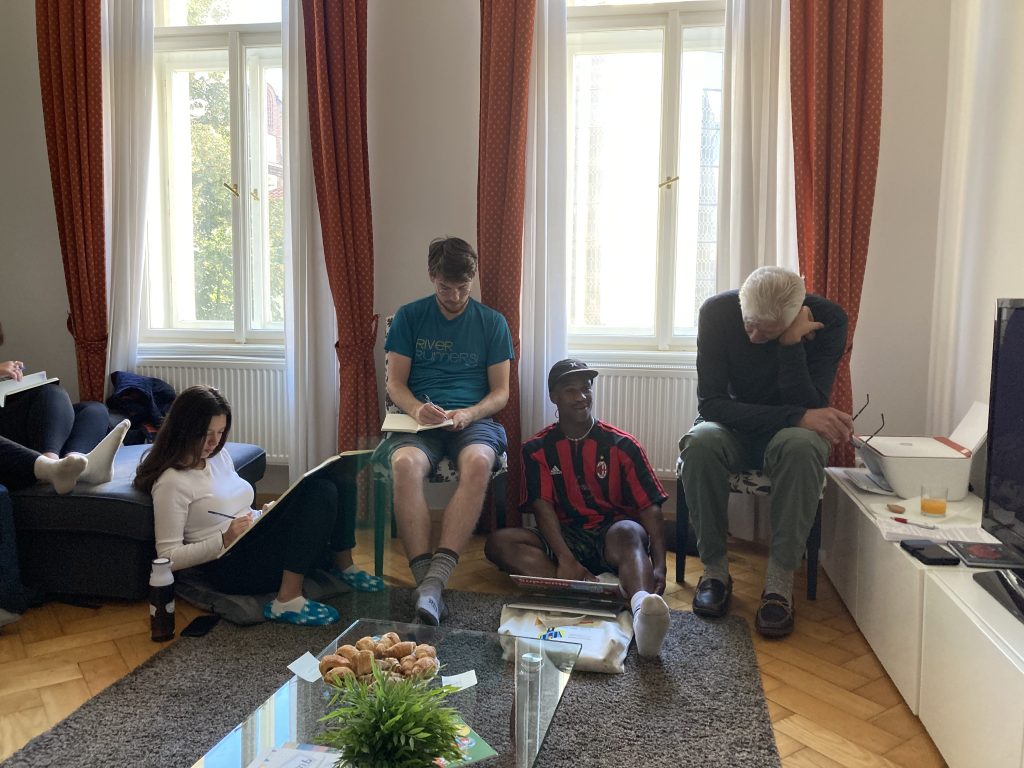
After the tale and a group discussion, we celebrated the name day for “Václav,” Nathan’s adopted name!
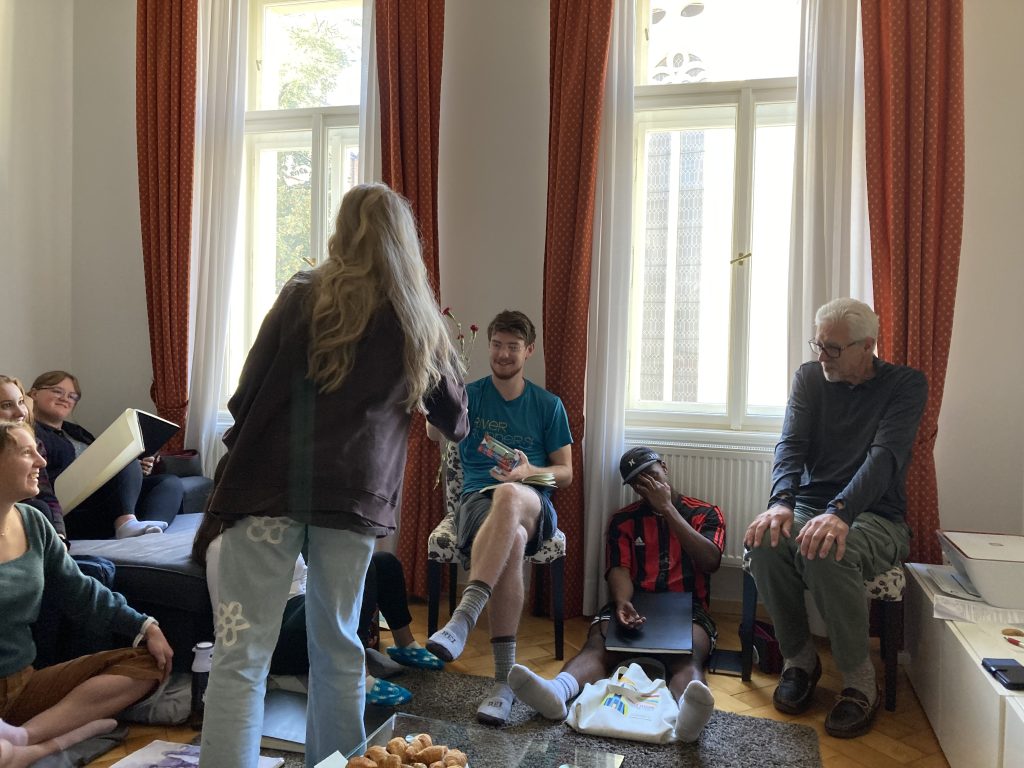
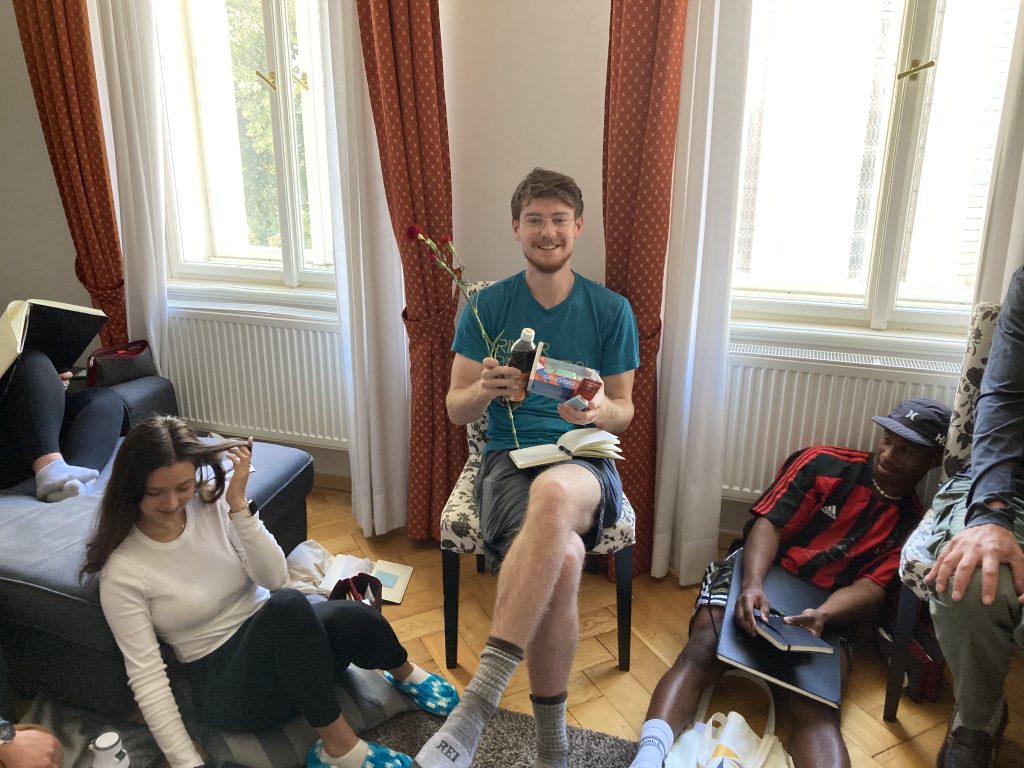
Next up, the students met for creative writing, during which Dinah introduced them to a series of Surrealist word and writing games. Pictured below is the living room of Dinah and Paul’s apartment, also known as the classroom.
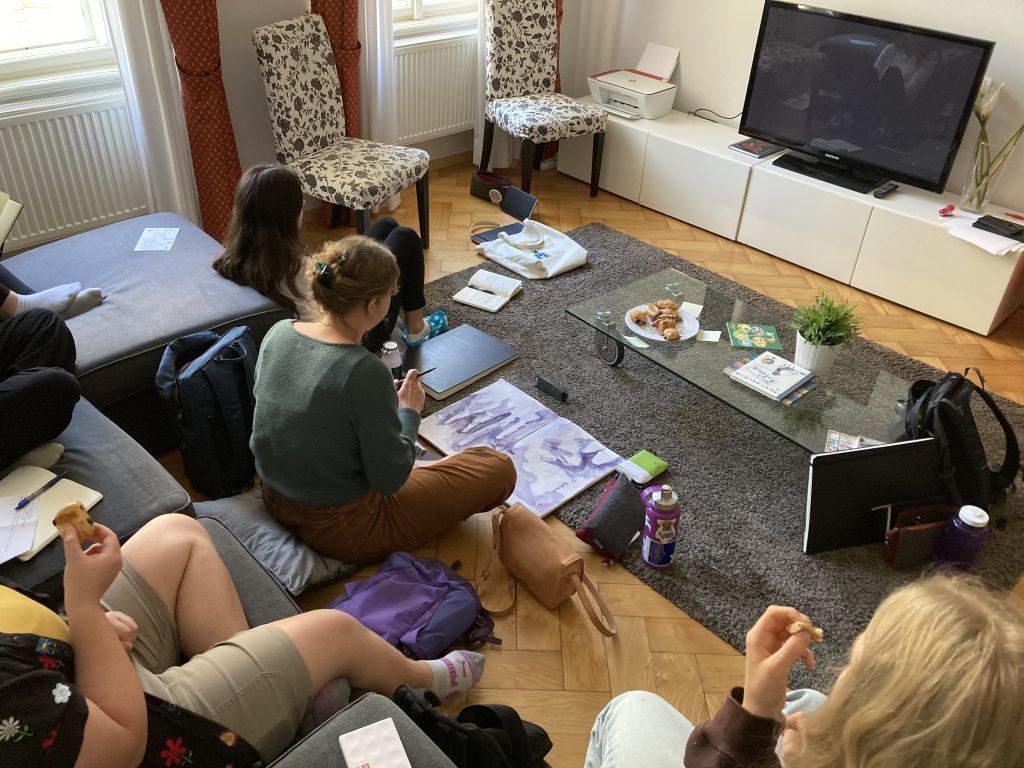
After lunch, we made our way to the Veletržní palác in Holešovice. The Veletržní palác is one of the buildings of Prague’s National Gallery. When it was completed in 1928, the building was the largest of its kind in the world and the first Functionalist building in Prague.
We met outside the gallery in front of a plaque that commemorates the former place where Czech Jews were rounded up for deportation to the Terezín ghetto and holding camp during the Second World War. The plaque was designed by the artist Helga Weissova–Hošková, who survived Tereźin and the Holocaust. We will be visiting Tereźin next month.
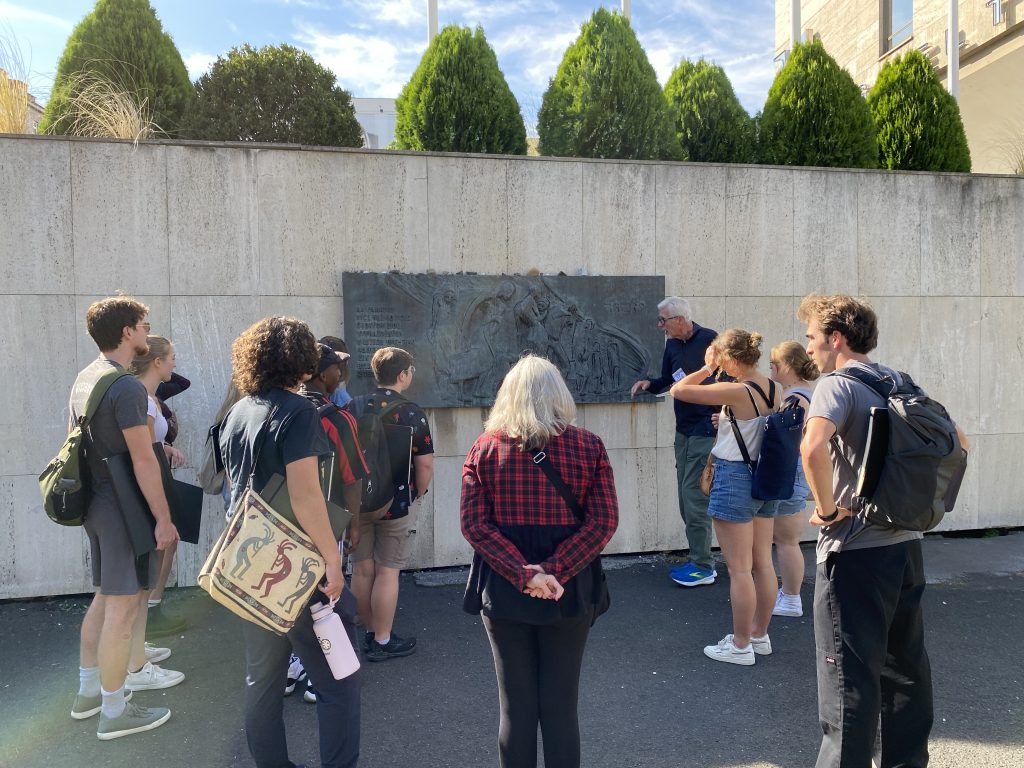
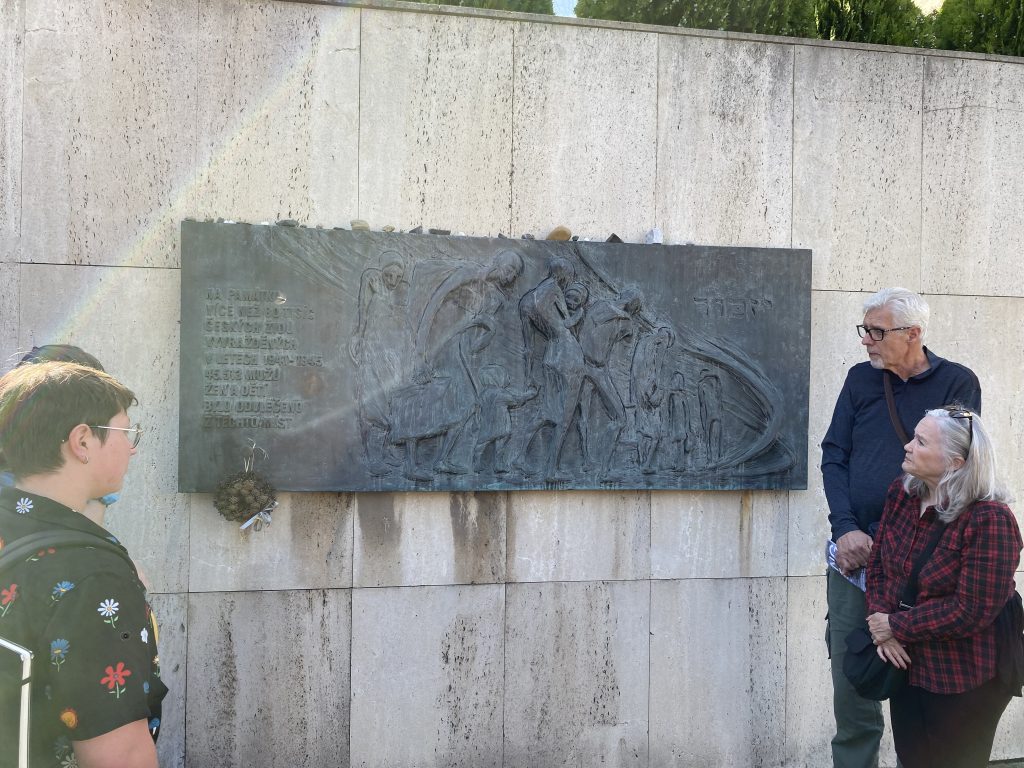
Inside the Veletržní palác, Paul discussed the gallery’s permanent collections and new shows.


Pictured below: a view of the gallery structure from the 2nd floor.

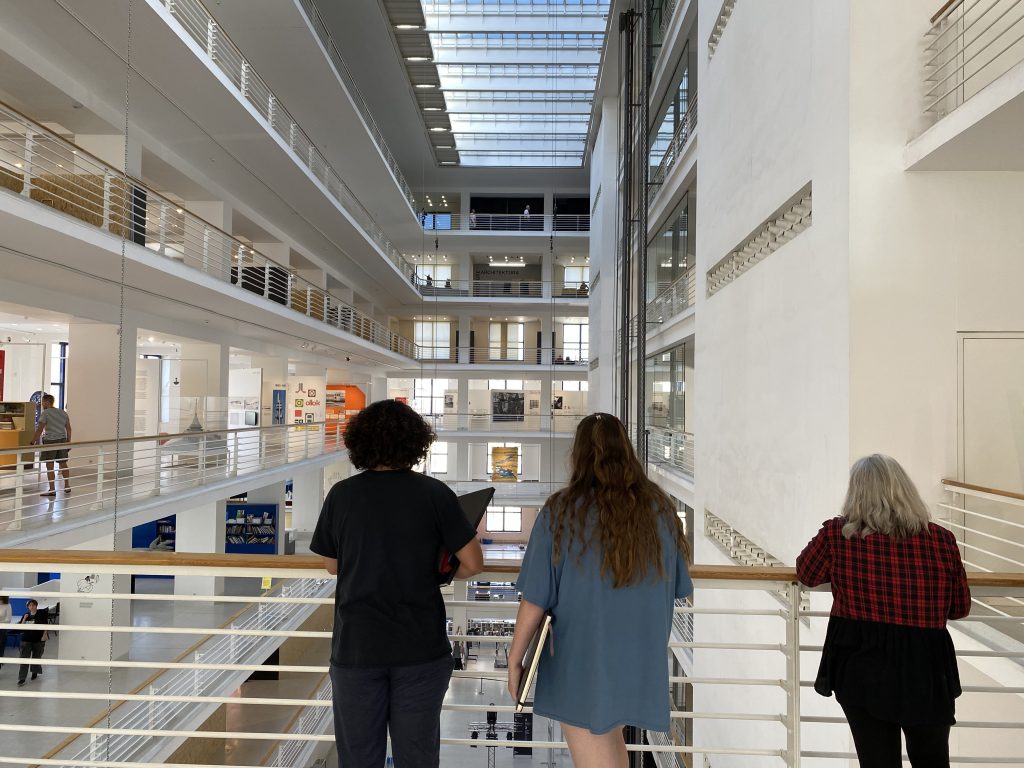
Then, Paul led us through the medium-term exhibition First Czechoslovak Republic, which “introduces the artistic production of Czechoslovakia between 1918 and 1938, placing emphasis on the state’s multinational character.”



The exhibition opened with a painting and series of busts of Tomáš Garrigue Masaryk, the first President of Czechoslovakia from 1918 to 1935.
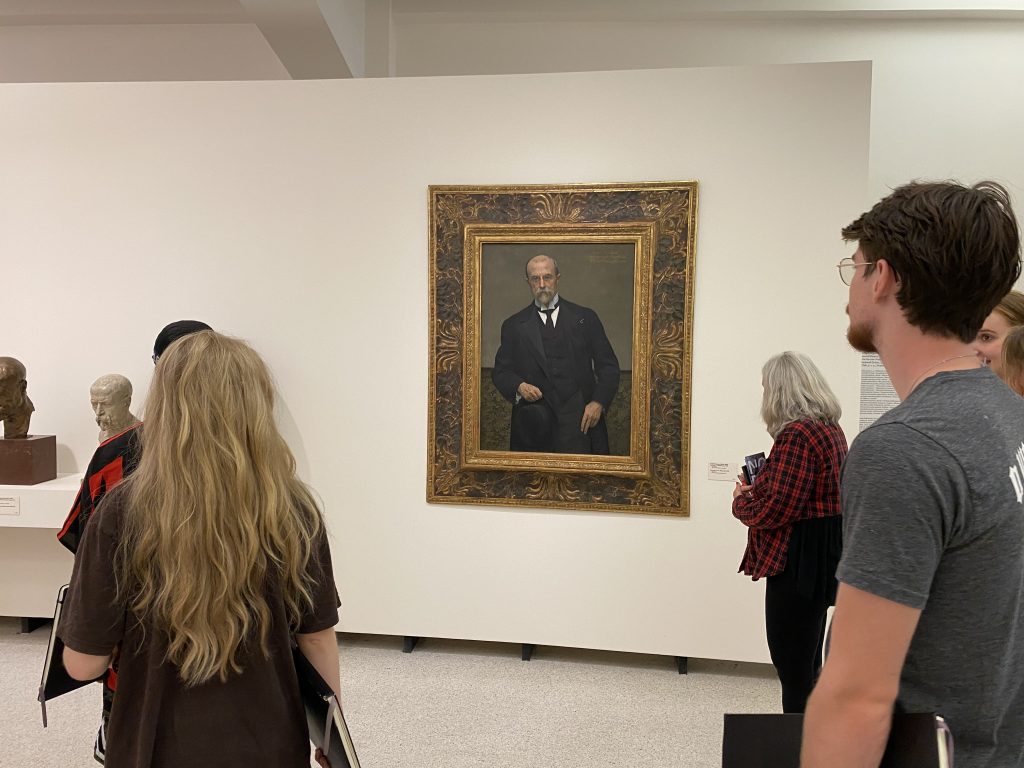
Then, the exhibition moved progressively through the years of modern art. Here we are looking at the Fauvist and Cubist “Bathers” (1915) by Václav Špála.
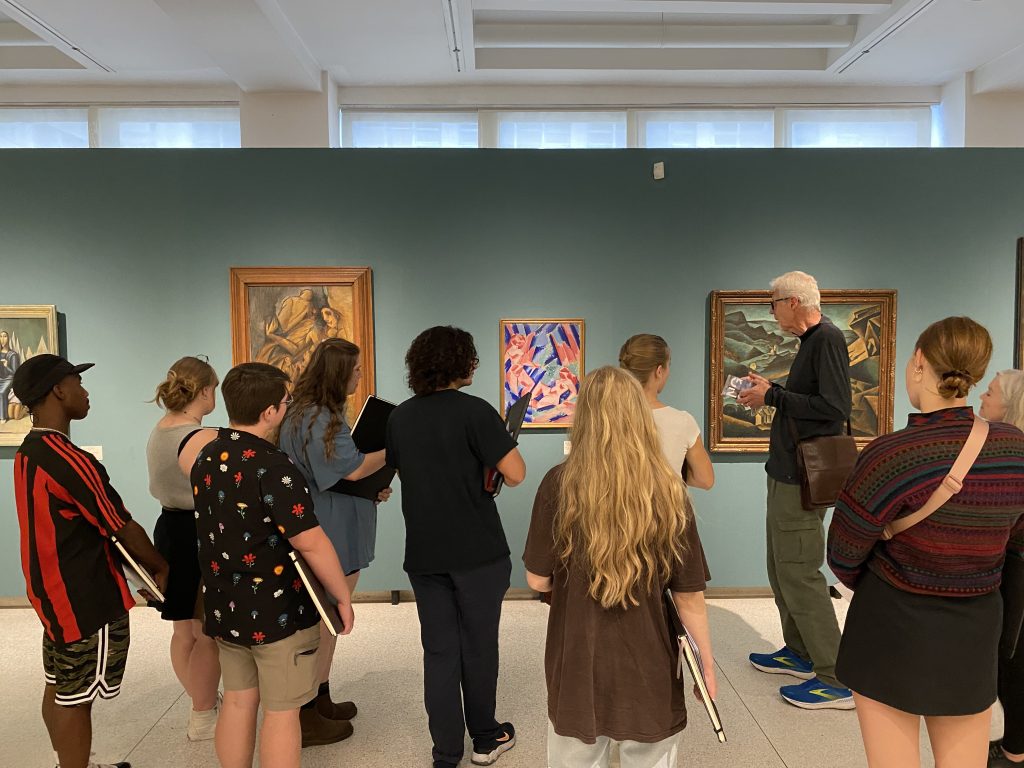
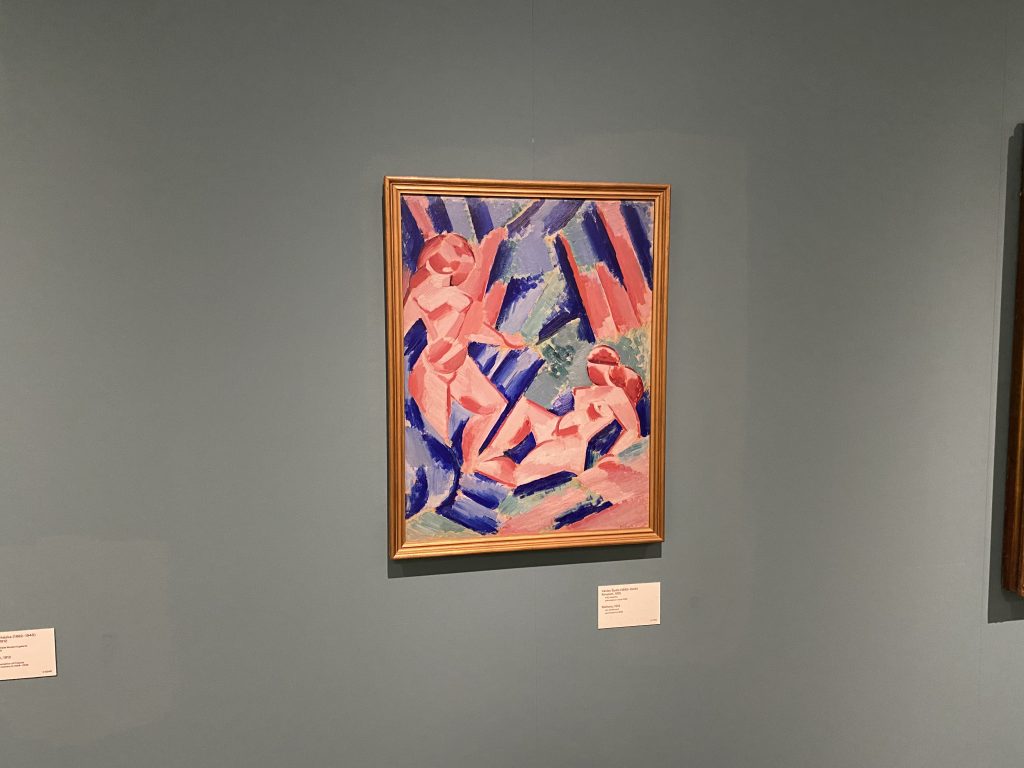
Next up, Picasso’s “Standing Woman” (1921) and Pierre Bonnard’s “Conversation in Provence” (1913-14).
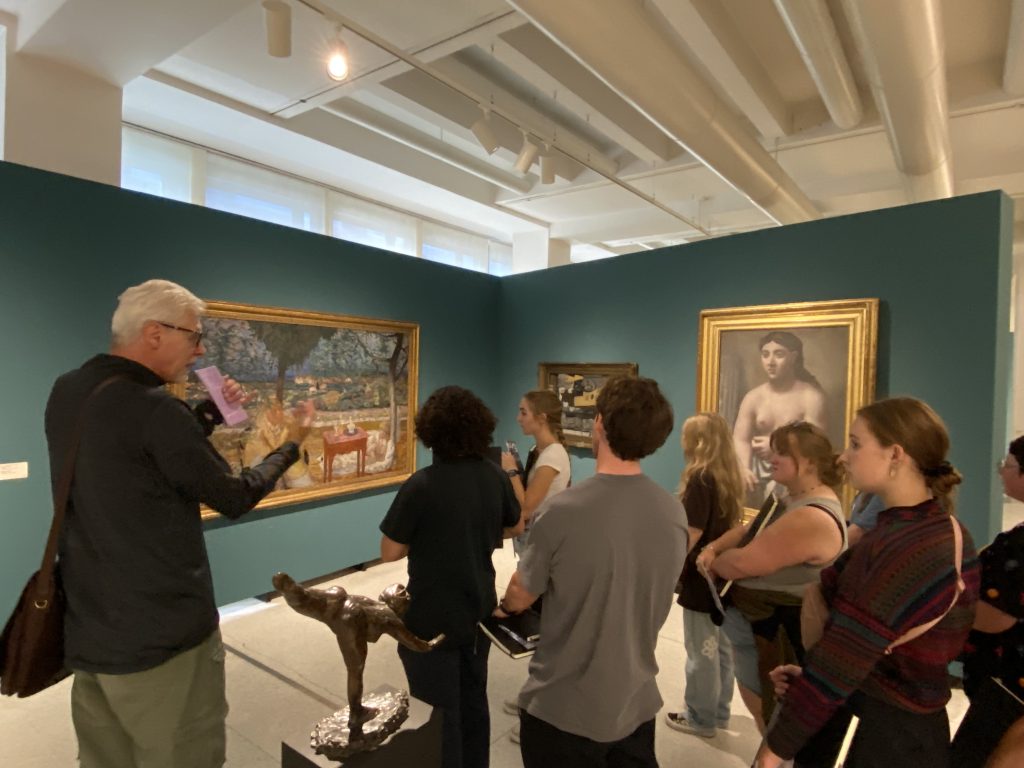
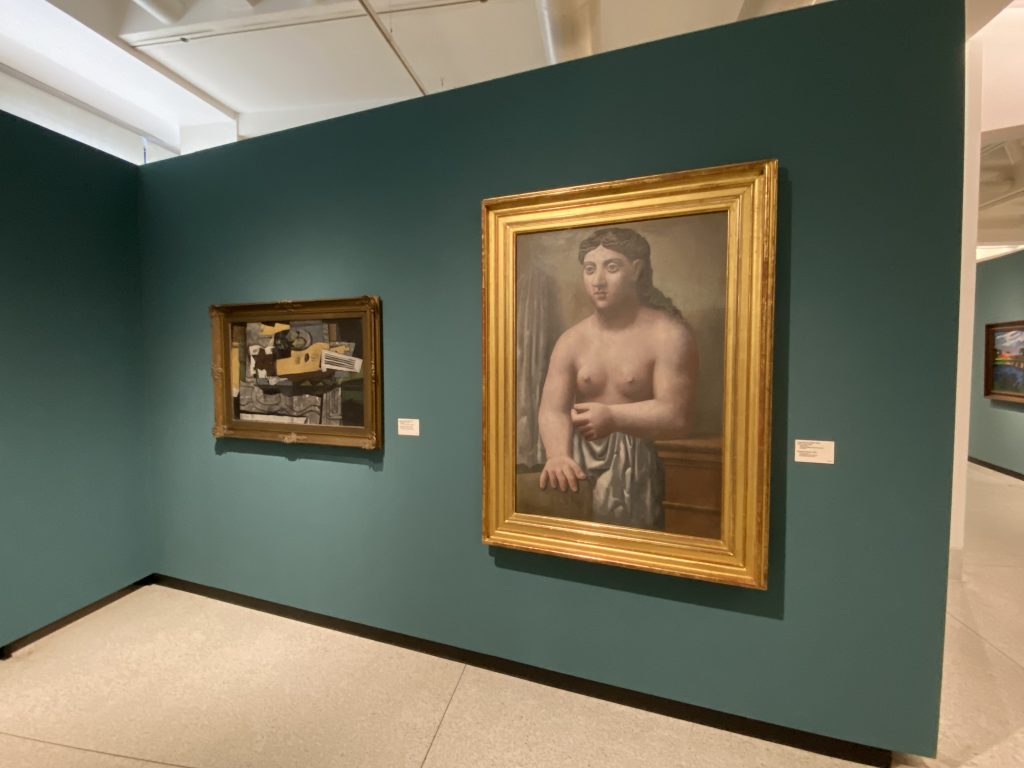
Here we see painting by Josef Čapek.
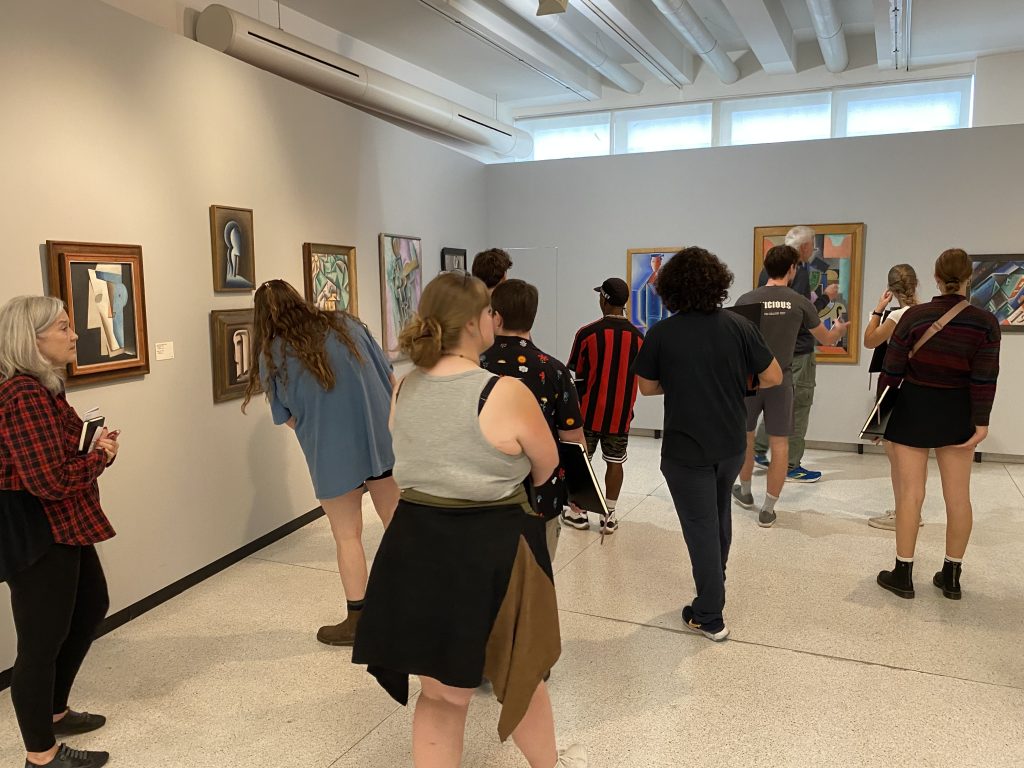
And here, Emil Filla’s “Head (Lovers)” (1933), a beautiful example of the “formal simultaneity” that characterizes the Cubist style.
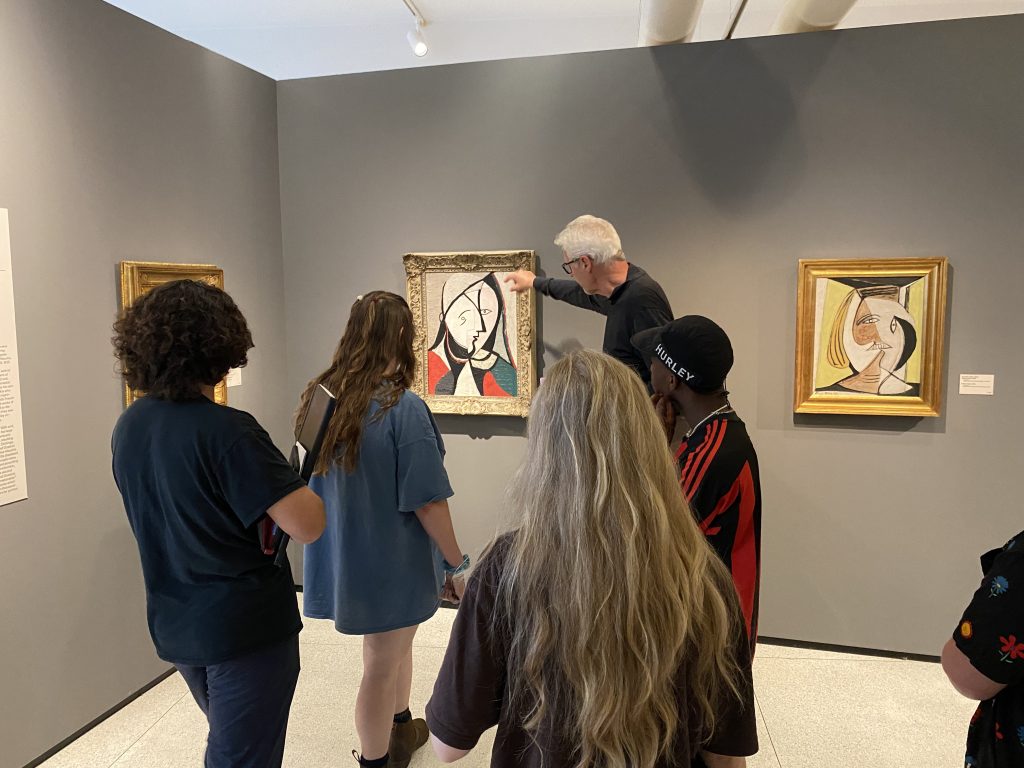

Here we see Toyen’s “Still Life with Fish and Red Wine” (1922). Toyen was a member of the Surrealist movement and one of the foremost Czech Surrealist painters of her generation.
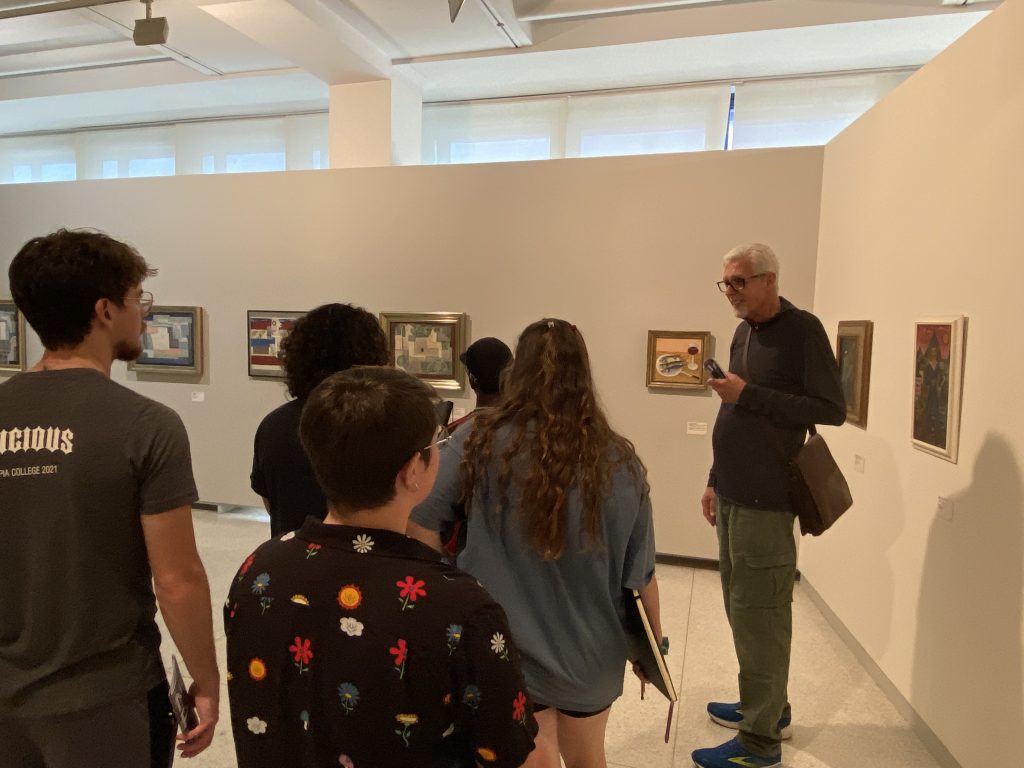
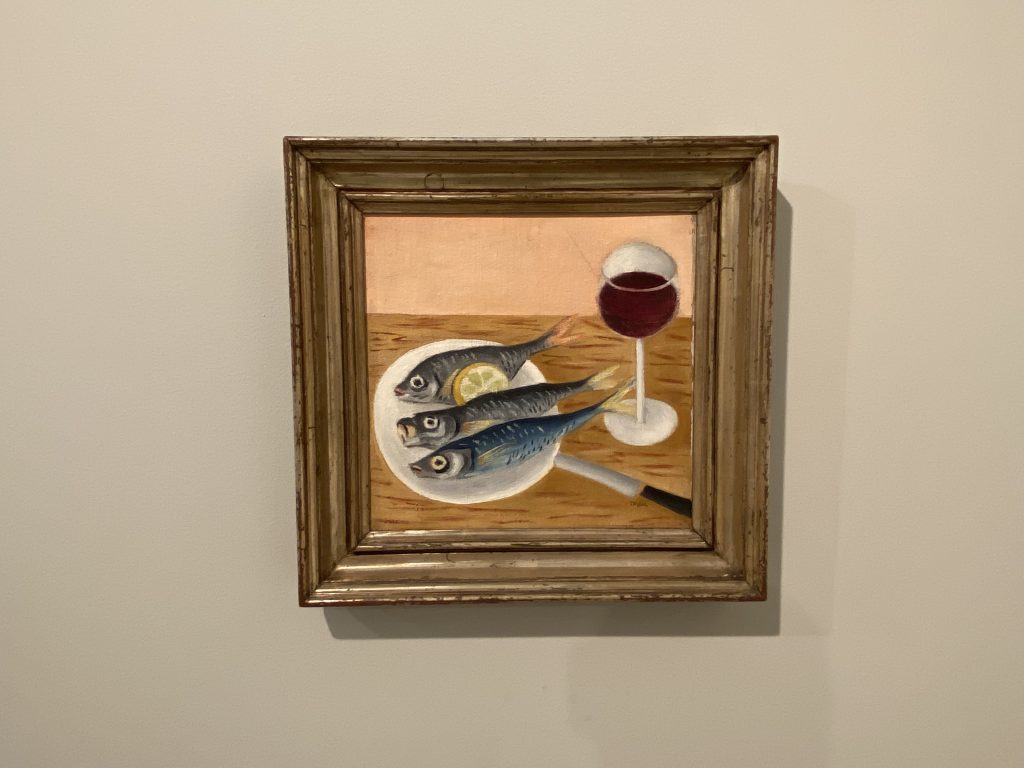
After Paul’s rapid tour, we each chose a couple of artworks in the exhibition to draw and write about in our sketchbooks.
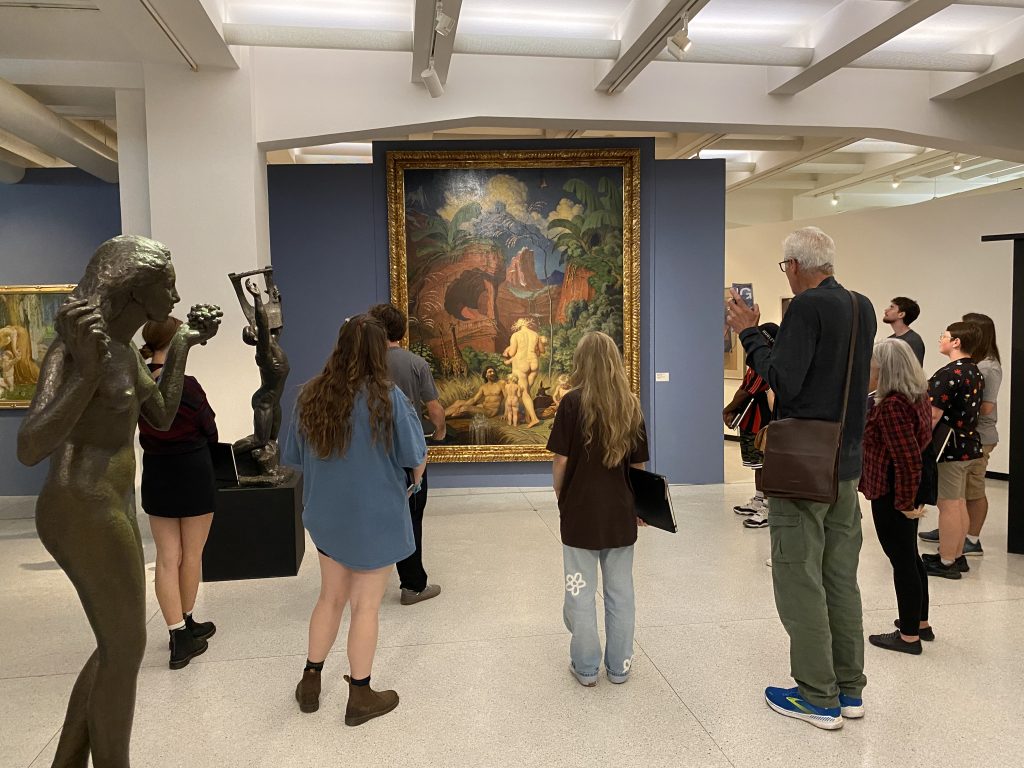
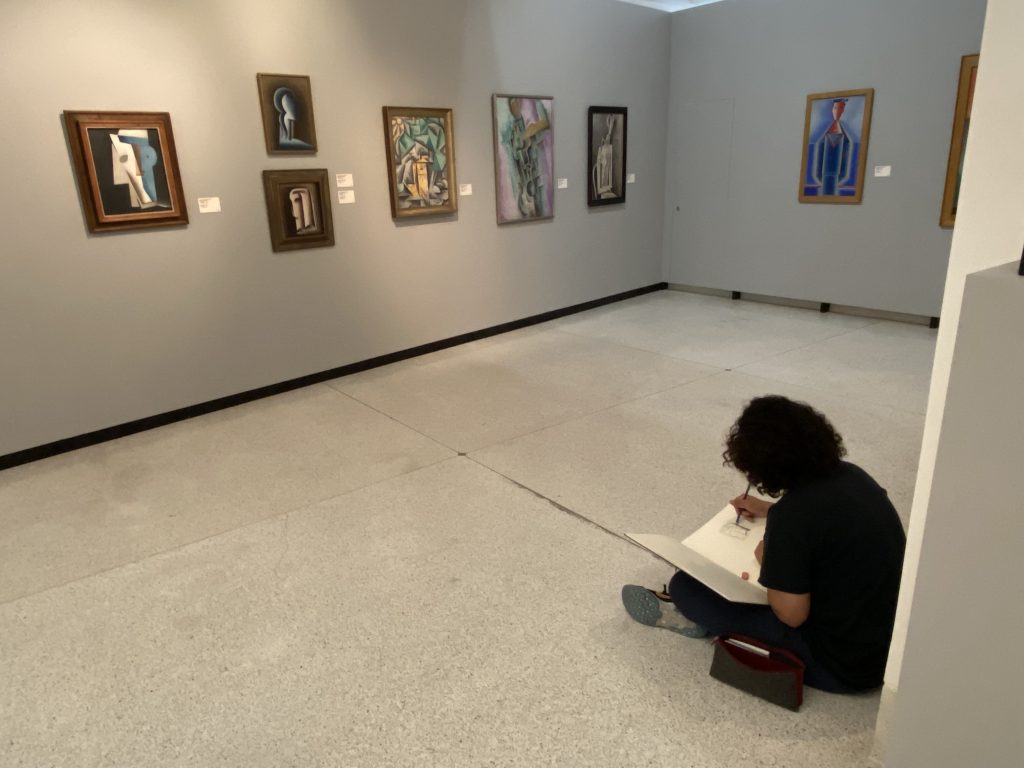





The Veletržní palác is huge.
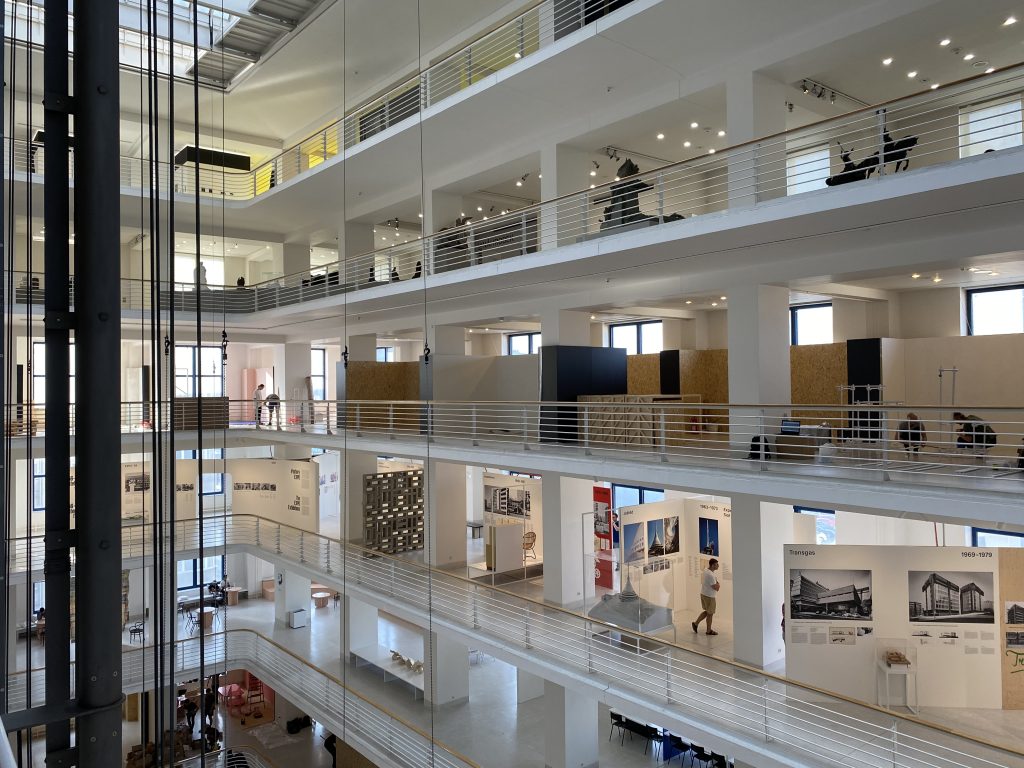
Somehow we made it out at 5pm.

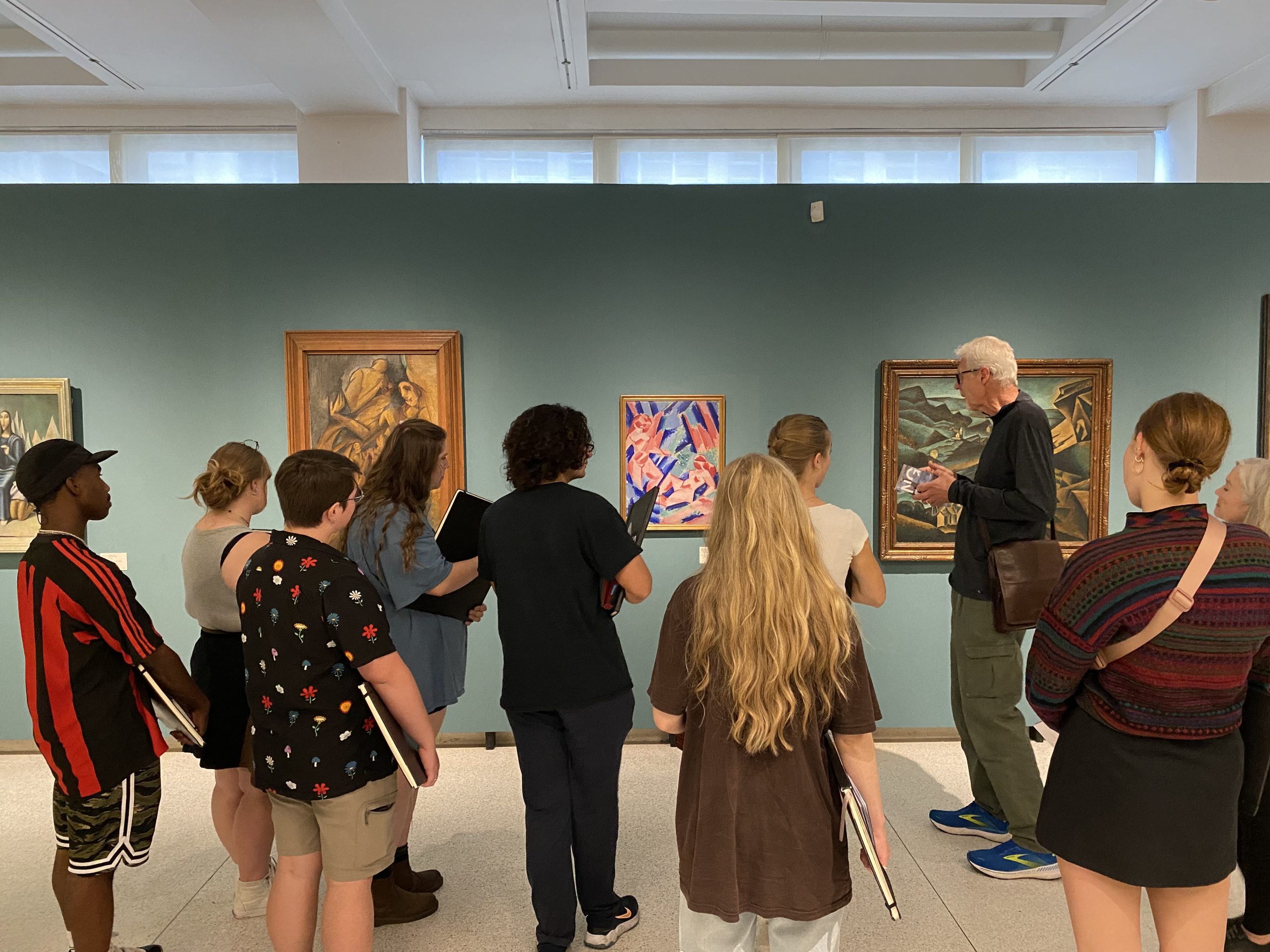
Leave a Reply